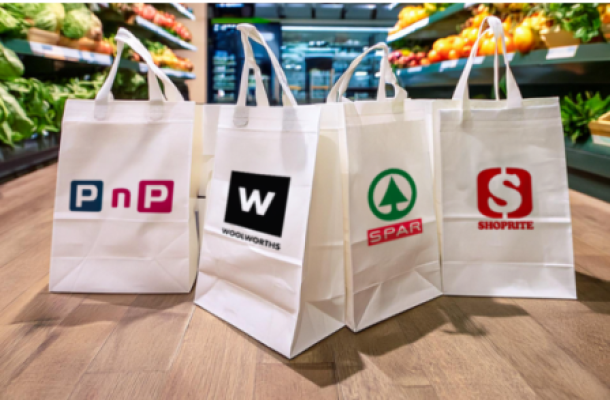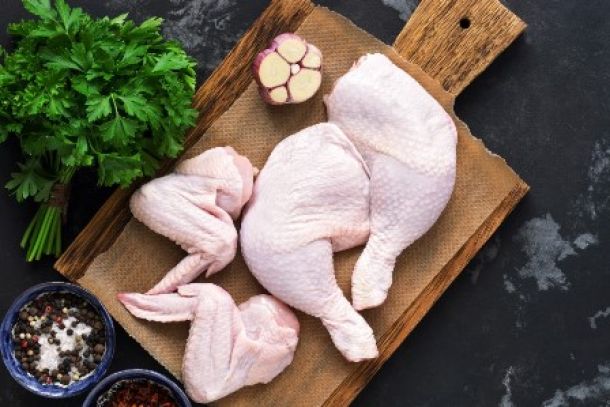Which is SA’s most profitable retailer?
On one level, retail business is pretty simple. There are only a few moving parts: turnover and cost of sales, overheads and volumes. But the simplicity is deceptive. Looking at the industry over the longer term shows how hard it can be to break a bad trend once it sets in.
There are two basic models to retail in South Africa: cash and credit. The big cash retailers like Pick ‘n Pay and Shoprite depend on volumes to drive profits from their thin margins. They need to get their logistics as efficient as possible to tie up as little working capital as possible, keep overheads low, and drive volumes.
While you may think Shoprite and Pick ‘n Pay are similar businesses, a look at their performance ratios shows how different the outcomes can be. Shoprite has led the market consistently for the last 10 years, with its trading profit margin rising just about every year from 3% in 2005 to 5.6% in 2014. Pick n Pay had a 3% trading margin a decade ago, but it has moved in the opposite direction, last year recovering from a 2013 low to 1.6%. These two companies have diverged remarkably. In contrast, Spar has held it mostly steady, with margins of 3.8% a decade ago compared to 3.4% now (see graph).
Just what caused the divergence between Shoprite and Pick ‘n Pay? Retailers face two major cost lines: the cost of stock and the cost of overheads, including premises and employees. The trading margins come after both. So delving one level deeper reveals whether the erosion of margins has been happening at the gross profit level – the difference between sales and the cost of goods being sold – or at the operating level when overhead costs come into play. The answer is quite stark. Back in 2005, Pick ‘n Pay’s gross profit margin was 16.6%. It has actually improved that over the years to 17.5%, showing its management of suppliers and its prices has been good. But skip to the trading margin and things don’t look so good because overheads have ballooned relative to sales.
Shoprite, incidentally, has also managed to push its gross margin up a bit, from 20.1% to 20.8%. But its real achievement has been to squash down overheads, which have taken a proportionately smaller slice of the action over the years to leave it in fighting shape. Among the cash retailers, there’s no doubt that Shoprite takes the crown as most profitable.
But when it comes to the fattest margins in the industry, it is not the cash retailers that dominate. Durable goods retailers win by a long way. Lewis Group makes R33.60 for every R100-worth of sales while Mr Price makes R24.40, almost three times the cash retailers. As with cash retailers, though, the trends can be stubborn.
Here it is clear that JD Group has had a torrid decade, sliding from margins of over 20% to one tenth of that. Lewis has held its commanding position steady, while the rest of the market has trended upward. This group of retailers, though, has far more variation in operating models than we find in the cash retailers. Woolworths could well be compared to the grocers, though its margins, particularly recently, look much more like a durable goods retailer. Mr Price largely sells for cash, so in that respect is also like the grocers, though its margins are far higher. The other major complication is that Lewis, JD Group, Foschini and Woolworths, at least for some of the decade, have run major credit businesses on top of their retailing businesses. The graph above reflects margins for their retailing business. But layer the credit businesses on top and things change dramatically.
As well as being a star retailer, Lewis is also the star of credit provision. Its gross profit margin has trended upwards over the decade to a healthy 37% recently. It sold R2.4bn worth of goods, largely furniture, during the period. But then it sold another R2.9bn worth of insurance, finance charges and related services. So really it is more of a credit provider than a retailer. That income brings costs along with it – in bad debts. Lewis has kept those reasonably well controlled, writing off R700m last year, but if there is a key factor to JD Group’s decline it is its inability to keep a grip on these. In 2014, it wrote off R2.9bn for its bad debts, more than three times the amount of the year before. And even though it’s making (only just) positive margins on its retailing business, that cost pushed it deeply into a bottom line loss for 2014.
Tough times for unsecured lenders
JD Group, Woolworths and Foschini have now sold off their finance businesses, so have reverted to a cleaner retail model. That reflects the tough times unsecured lenders have encountered, which took out African Bank and its own retail arm, Ellerines. It has also revealed a deep conflict of interest between retailing and credit provision. Sales volumes are directly affected by the risk appetite of loans. If you want to increase sales, just drop the stringency of your credit granting criteria. But, when tough times come, a tough stance on credit translates into serious danger for retailing. Having both functions in the same tent causes serious tension, with the retailing side demanding that the finance side loosen credit granting criteria, while the finance side watches a spike in bad debt.
What will the next 10 years hold? No doubt credit markets will normalise and durable goods retailers will see increased sales as consumers regain access to credit. The scars of the recent credit disaster will not have healed, though, so the retailers will rely on other credit providers, some offering them the opportunity to provide credit from their premises. But there will be a greater focus on what drives retail: keeping volumes high and costs low. In that respect the big cash retailers can teach the durables a thing or two.
News Category
- International retailers
- On the move
- Awards and achievements
- Legislation
- Wine and liquor
- Africa
- Going green
- Supplier news
- Research tools
- Retailer trading results
- Supply chain
- Innovation and technology
- Economic factors
- Crime and security
- Store Openings
- Marketing and Promotions
- Social Responsibility
- Brand Press Office
Related Articles

Top tips for consumers to combat escalating ele...

Clear winner in South African retail battle

Drinks survey reveals Rooibos as a top choice a...

Consumers pay more at till for chicken, but far...


